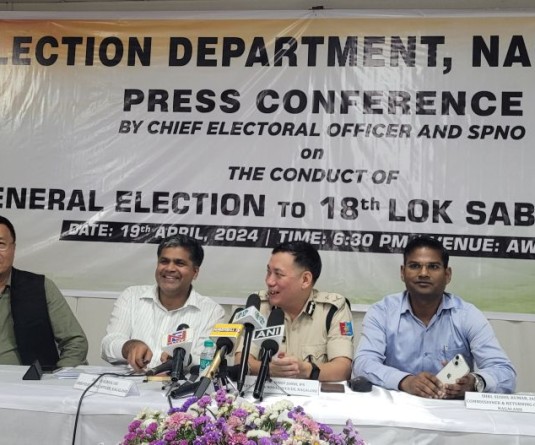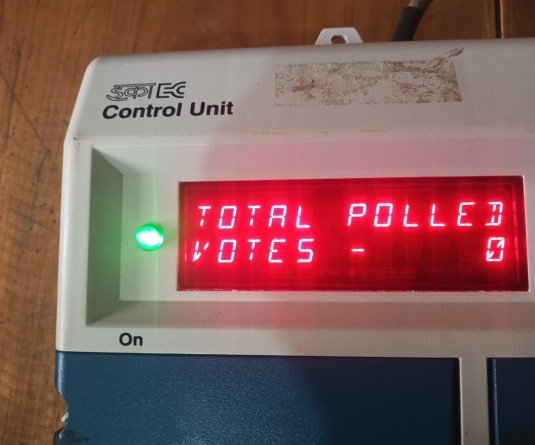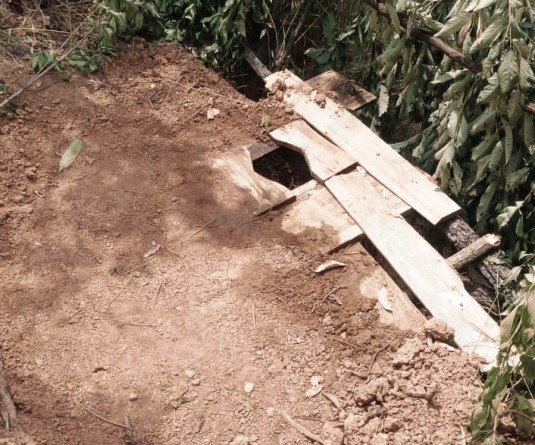
Our Correspondent
Kohima | January 4
In Nagaland, the pattern of land ownership is such that the land is owned either by the village community as a whole or by a clan within the village or by individuals.
“There are no records for conferring upon them ownership rights but the individual rights are exclusively determined by traditions which is also referred to as “customary laws”. These customary laws are un-codified, and yet very effectively applied and interpreted by the traditional Village Councils in the event of any dispute.” This was contained in the annual administrative report of environment, forests & climate change 2017-18.
The report stated that the forest department owns certain areas classified as reserved forests, protected forests, wildlife sanctuaries, national parks, nurseries and botanical gardens.
National Parks & Wildlife Sanctuaries are managed under management plans duly approved by the Ministry of Environment & Forests & Climate Change, Government of India, New Delhi. Wood harvesting in private plantations is regulated according to “Nagaland Tree Felling Regulation Rules, 2017” and private/community natural forests are managed for harvesting under working schemes duly approved by MEF&CC, New Delhi.
Joint Forest Management initiative
One notable initiative is the Joint Forest Management (JFM) which was started in 1997 in conformity with the National Forest Policy of involving the people in the management, development, protection and sharing of forest produce jointly with the state government and also taking into account the land holding pattern in Nagaland, where execution of any developmental activity is virtually impossible without the prior consent and active co-operation of the landowners concerned.
The objective of JFM is to elicit active participation of villagers in creation, management and protection of plantations; to achieve ecological needs consonant with sustainable productive forestry and to create a wood-based economy for the people.
In regard to areas to be covered, the report stated that non-governmental land that can be put into use for forestry include non-governmental virgin forests and any other land of the state, which may be managed under JFM.
A state level working group has been constituted at the state level at Kohima under the chairmanship of the principal secretary, department of environment, forest & climate change, Kohima for the implementation of the scheme.
Village Level Community Forest Committee
In order to implement scheme (s) under the JFM, village level forest committees called “Community Forest Committees (CFC’s)” have been constituted involving government officials and representatives of the members of the land owning community whose appointment/ nomination is made with the consent of the Village Council.





